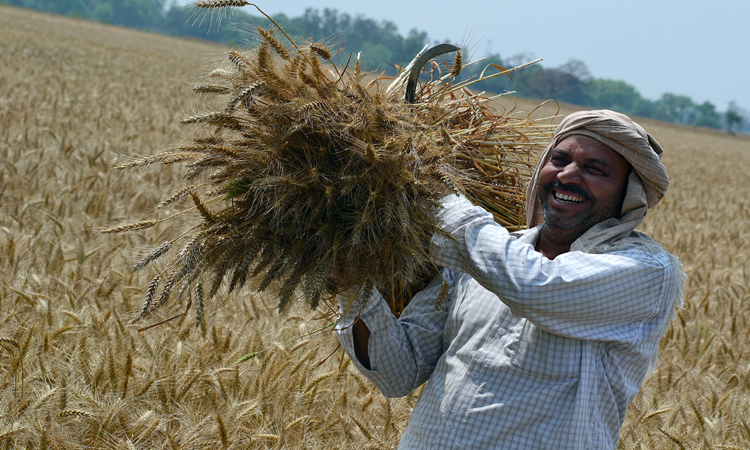Debashish Mitra
Where should we focus as an economy and a country — on steel, or on agriculture? Can India’s Current Account Deficit be addressed by the steel sector or by agriculture? Is the comparison far-fetched? Not really. Here are two examples: Our biggest country trade deficit is with China, and the greatest contributor to the deficit is petroleum and other fossil fuels such as coal. Agriculture can alleviate the deficit in both cases. Steel can do neither.
In the ongoing US-China trade war, China’s first counter has been on agricultural produce. China imports approximately $25 billion of farm produce, all which India can easily produce in abundance. But discussions to engage with China on these aspects are rare.
Perhaps poor understanding of the country’s recent history or socio-cultural roots is responsible for this. Since most thinkers, policy- and decision-makers, and capital owners are mainly from everywhere but the East and the Northeast, there is probably no realisation that the Chinese Nationalist Army was kept supplied from undivided Assam during World War-II, that too by air, or that the Bengal famine of 1942 was caused, because food grown by Eastern India was sent overseas to the Allied forces at the cost of the local population.
Food habits of the people of the Northeast and China are similar. So why don’t we address the Chinese trade imbalance with agriculture? It is because we do not understand the core issues at hand. Instead of importing over Rs 1,00,000-crore worth of agricultural produce from apples, to pulses and edible oils, we should set export target of Rs5,00,000 crore, and use food as a diplomatic weapon. It can be easily done with a change of mindset.
Also, most tropical fruits and starch sources can be converted to bio-ethanol. India should pursue a Brazil-like strategy on war footing to make bioethanol the fuel for transportation. And we don’t need to destroy rain forests to do it. Similarly, if we convert agricultural residues from 600 million tonnes of grain and fruits and vegetables, to agri-based briquettes, we can reduce the need for coal and the carbon footprint of the planet, while generating electricity efficiently. There should be significant allocation of the nation’s resources, be it public or private, in this direction.
Exporting food to China and Japan, and the creation of a biofuel economy could change India’s economic and global political profile. No other sector can do it. With 140 million arable hectares, and a billion people residing in rural India, it is a Godzilla-like powerhouse. Unfortunately, it is seen by the urban-centred policy mandarins, as a problem that defies solution, a weakness in the quest for development and modernity.
This needs to be dealt with. The mindset that farming is a failed vocation, and that we should shut down villages and create cities for the rural folk to migrate to and create smoke-stack or glass-and-steel, urban landscape across the country as the image of development must change. Nothing could be a bigger disaster.
The key is to make villages and the rural areas contemporary and stop urban migration, maybe even reverse it. Rural areas are sustainable.
Rural purchasing power has done much to create industrial powerhouses. Where do two-wheelers (India is the world’s largest market for them), cell phones, personal care products, steel and cement, healthcare and now private education sell more, rural or urban India? Why does the Sensex rise with the news of good monsoon or fall with forecasts of a bad one? Demand for industrial goods is higher in urban or rural India? The answer is obvious.
Statistics of India’s double-digit share of the world economy in the 15th or 16th century, and its low, single-digit share today, ignore which sector had made it possible. Spices, cotton, indigo and rice were core drivers of this dominance and not industry.
Has the change in focus, towards industry and urban services, been a reason for this? Can we change it and regain the commanding heights of the global economy for the 20 per cent of the people who inhabit this planet? Will steel do it? Or will agriculture?
The writer is an agripreneur working with small, marginal and tribal farmers in remote areas.
